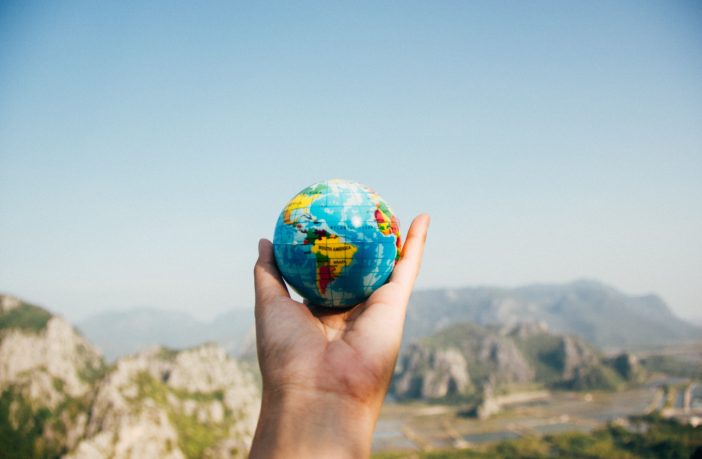Earth Day 2018 was celebrated on April 22, and while the world rejoiced in commitments to be better environmental stewards, there’s still a lot we didn’t do.
Earth Day in a Nutshell:
Earth Day may be one of the most globally recognized events in the world. It is an annual event designated to promote environmental conscientious. Today, more than one billion people participate in Earth Day activities, making it the largest civic observance in the world.
The “Founding Father” of Earth Day?
Earth Day became an international event on March 21, 1971 when the United Nation’s Secretary-General U Thant spoke about it during a Peace Bell Ceremony.
It was inspired by American senator, Gaylord Nelson of Wisconsin. Nelson was witness to the damage created by a 1969 massive oil spill in Santa Barabara, California. This led him to organize a national “teach-in” that focused on educating public about the environment.
Nelson eventually rallied 20 million people across the country, where they gathered in protests and public areas to discuss the environment and potential solutions to conservation.
This harmonized groups that were talking about factory pollution, raw sewage, and toxic dumps, among other issues. In 1995, President Bill Clinton awarded Nelson with the Presidential Medal of Freedom for being the creator of Earth Day.
How Earth Day Evolved Into a Current Day Movement and Major Milestones:
Earth Day continued to gain momentum over the years. It gained publicity in 1990 when 200 million people across 141 countries participated in the event.
2010 marked the 40th anniversary of Earth Day, during which 225,000 people gathered at the National Mall for a climate rally.
In 2012, a billion trees were planted.
In 2016, world leaders signed the Paris Climate Agreement, which is aimed at keeping the planet temperature below two degrees Celsius.
What do Batteries Have to Do With it?
Battery recycling is one of the best and easiest way to make an environmental impact. The average American disposes around one pound of alkaline batteries each year, out of which less than ten per cent of those batteries are recycled.
While alkaline batteries are not hazardous, dumping them in landfills is a great waste of resources.
According to the International Zinc Association and CALRecycle, manufacturing alkaline batteries requires mining over 600,000 tons of zinc ore each year. When these batteries are not recycled, more than 300,000 tons of CO2 is released into the atmosphere. This is equivalent to the emissions released from more than 3,000 vehicles a year, according to the United States Environmental Protection Agency.
What You Can Do to Better Prepare for Next Earth Day:
- Before purchasing a plastic item ask yourself if you really need it.
- Be careful not to contribute to the creation of micro-plastics by responsibly disposing plastics, and not to throw them near waterways, beaches, or in large open spaces.
- Educate yourself on ways you can get involved in helping support or raise awareness about green initiatives within your community.
- Turn off your electronic gadgets for an hour a day. You don’t have to wait until a designated movement to take action. It’s in the little things. Unplug unused electronics. Turn off the lights to a room you’re not in. Become an environmental steward – the world needs more of you.




